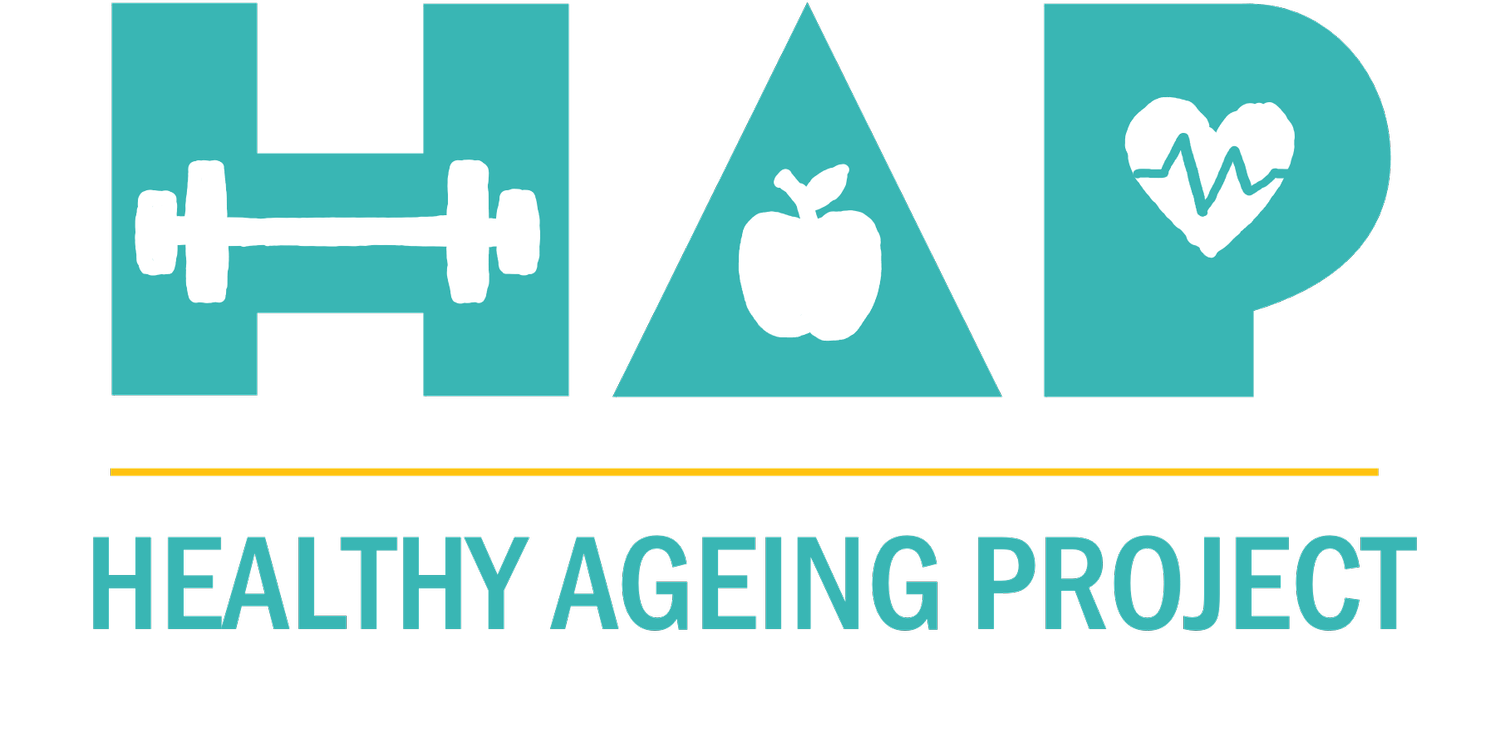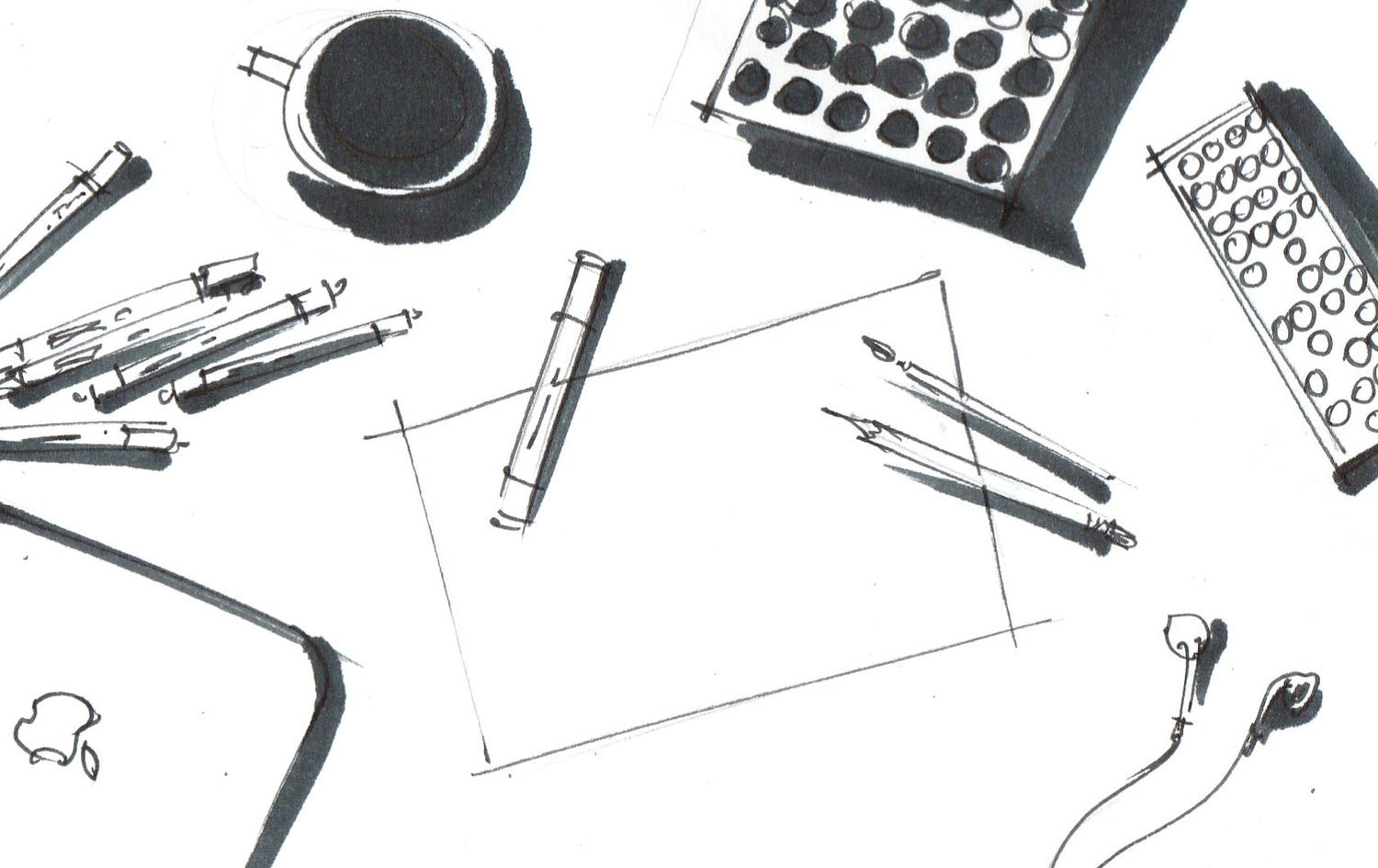Resonant performance: When the dream is not the goal
Several years ago, during my one & only trip to Dubai, I recall looking up at the Burj Khalifa & thinking about the person who swung the last section of that gobsmacking tower into place. What sort of person takes that job? And, more interestingly, what leads them to do it? These sort of question have always intrigued me & its been the backdrop for most of my teaching, research & writing.
The energisation of performance
Once a year, when teaching the Psychology of Peak Performance at the University of Sydney, I always conclude Day 1 with a brief review of 7 or 8 different performance models. We talk about the relationship between arousal and performance, dabble a little in Flow theory, spin the Wheel of Excellence, and explore a framework configured around notions of mindfulness, acceptance and commitment. Whilst these models do vary a bit in terms of scientific validation, what I go for is variety…perspectives that can get the students thinking about performance in more nuanced & complex ways.
As part of this brief review, I always include the Resonance Performance Model (RPM). If you’ve never heard of the RPM before, then you are not alone. Few students ever have. But giving the student’s a new perspective is only part of the reason why it gets included.
The main reason I include it is it provides something other formulations do not. It gets ‘inside’ a performers experience in an important way…by zoning in on their core motivation & recognising (i) how that motivation reflects important aspects of oneself & (ii) how it shapes the way performer can perceive different stages of the performance cycle (particularly the less exciting bits). But how exactly? To explain that, it’s necessary to say something about how the model was developed.
The RPM was developed - like many models before it - using a systematic approach well known to behavioural & social scientists: grounded theory.
Let the data speak for itself!
If you’ll forgive the quick excursion into research methods, grounded theory (GT) is an approach to theory building. Unlike traditional top-down research, which uses theory, hypotheses, data collection & analysis (in that order), GT is inductive & bottom up.
This means researchers approach questions about human experience very openly, committed to allowing theory to emerge from data. This reorders the research process in the following way: data collection, analysis & (initial) hypotheses, which potentially lays the groundwork for a new theory or model.
This grounds RPM in the personal storytelling of elite athletes, performing artists, business people & other professionals. It reflects what the data indicates underpins high performance for these individuals, which is a strong personal affinity for the things they do & a desire to do more of it. The researchers chose to label this resonance.
Resonance & the ‘dream’
Open any dictionary & you’ll be told that ‘resonance’ means to reverberate or echo something (most commonly a sound). From a cognitive standpoint, it refers to an idea or experience that keeps coming back to you - echoing in your mind - because of the personal meaning it conveys. Within the RPM, this phenomena is captured through the notion of the 'dream’.
But the dream has a special meaning. It is not an outcome goal, like a gold medal at the olympics, an honours degree at university, or making partner at a law firm. Whilst these are usually what most high performance models are focused on - the accomplishment of remarkable things - this is not what the elite performers in the RPM studies reported as their primary driving force.
The ‘dream’ as a feeling state
Rather, the performers were driven more by process than outcome. They reported a strong desire to feel a certain way when performing, to experience feelings that reflect something about who they are & how they want to be in the world. Importantly, resonance occurs whenever the dream is actualised, with a state of harmony existing between a person’s internal & external worlds.
Still unclear about the difference between outcome & process? Think about the extent to which an aspiring lawyer is driven more by the prospect of making partner (tangible outcome), versus enjoying the mental challenge of arguing a difficult case (intangible dream). Whilst it is possible, of course, to be energised by both things, it is the degree that matters. According to the RPM, high performers are preferentially motivated by how they feel while performing, rather than what their performance leads to. Furthermore, the attraction of the dream can be such that it makes supportive activities & preparation (like training) more engaging, largely because they enable the person to keep re-experiencing the dream on an ongoing basis.
Need another example? Try this:
Where dreams go to die!
In case you missed it last week, 40 endurance athletes gathered in rural Tennessee to attempt the most difficult trail run in the world: The ~100-mile Barkley Marathons. Whilst ultra marathons are common these days, this one is arguably the quirkiest. Chief amongst its idiosyncrasies is the aim of the race founder to hold a race that is almost impossible to finish.
In this regard, he’s done a good job. Since 1986 the event has only been completed 21 times by 17 runners. More often than not the event concludes without anyone completing the course, due to problems stemming from bad weather, navigation, physical endurance, and/or mental toughness. This is why one highly accomplished trail runner described Barkley as the place “where dreams go to die”! This begs an interesting question…
Given less than <1% of starters finish this race - let me repeat that, less than 1%!! - why do elite athletes come from all around the world, at great expense, to partake in such madness?
Where dreams get enabled?
It would be easy to answer this question with reasons like ticking items off bucket lists, attaining respect within the ultra marathon community, etc. However, given the low probability of a successful outcome & the brutal physical cost of the event, it seems more likely that the athletes are chasing a specific feeling. Feelings of adventure, of risk, of physical challenge and/or the feeling of relying on one’s wits to navigate an unmarked ~20-mile loop five times. For such people, the outcome is surely less important than the mere experience of being there & living life in the way they want to live it.
In this way, these athletes seem to be resonant performers. Driven by intrinsic interests & energised by the feelings that flow from long distance trail running. So, if viewed through a RPM lens, Barkley isn’t a place where dreams go to die but, rather, it’s a place where dreams are enabled!
So what?
The RPM is useful because it reminds us about the intrinsic value of performance in any domain. Beyond the tangible & obvious rewards of doing well at things (the outcomes), the notion of the ‘dream’ can provide us with a lens to more deeply understand ourselves, assess our own performance experience & potentially modify it to accord with our sense of self.
It may also help performance consultants & coaches be of great assistance to others. Any model that can help to better illuminate’ how a tower technician derives enjoyment & satisfaction from working ~800 metres above the ground (as per Burj Khalifa) has to be adding some texture to our understanding of how others are currently living their lives, or might wish to live their life.
At the level of interpersonal interactions (e.g., coaching conversations), this can be done by (i) helping people explore their core values & developing interests, (ii) detecting their ‘dreams’ in the stories they tell, (iii) helping them keep those reflections of self in plain sight & (iv) making whatever plans are needed to best honour them.
info@drgordonspence.com
(+61) 421 641649
© Healthy Ageing Project 2023. All rights reserved.
Reference to original research:
Newburg, D., Kimiecik, J., Durand-Bush, N., & Doell, K. (2002). The role of resonance in performance excellence and life engagement. Journal of Applied Sport Psychology, 14(4), 249-267.






